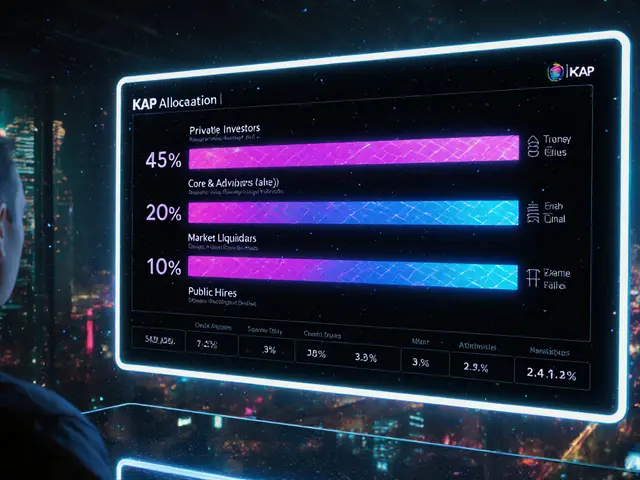
Crypto Token Utility: What It Means and Why It Matters
When talking about Crypto Token Utility, the practical purpose a token serves within its ecosystem, such as access, governance, or financial incentives. Also known as utility token, it defines how a digital asset creates real value beyond speculation. Tokenomics, the design of supply, distribution, and reward mechanisms shape that value, while DeFi, decentralized finance platforms that let tokens power lending, staking, and trading give them functional use cases. Even a simple airdrop, a free token distribution event that can jump‑start network adoption influences utility by seeding users and creating early demand. These elements together answer the question: what does the token actually do for holders and the broader system?
Core Attributes That Define Utility
Every utility token rests on a few key attributes. First, its function—does it grant access to a product, enable voting, or act as collateral? Second, the economic model—how many tokens exist, how are they minted or burned, and what incentives keep them circulating? Third, the integration layer—does the token work on a single chain, a multi‑chain bridge, or a layer‑2 solution? For example, Immutable X (IMX) uses a zk‑rollup to let gamers trade NFTs with zero gas fees, turning the token into a gateway for low‑cost transactions. Similarly, Metarix (MTRX) ties token usage to a virtual theme‑park, rewarding ticket purchases and in‑game actions. When you understand these attributes, you can spot whether a token truly serves a purpose or is just a hype vehicle.
Tokenomics also dictate the token’s scarcity and reward schedule. A fixed supply with periodic halving—like Litecoin’s halving model—creates predictable scarcity that can boost long‑term value. In contrast, a flexible supply governed by protocol fees, as seen with Dfyn Network’s DFYN token, adjusts based on network activity, linking utility directly to usage. Governance rights are another layer: holders of a token like EQPAY can vote on protocol upgrades, making the token a tool for community‑driven development. These characteristics form a web of relationships: the token’s purpose influences its economic design, which in turn affects how DeFi platforms can leverage it.
Real‑world projects illustrate how utility evolves. The Creator Platform (CTR) airdrop, for instance, gave early users free tokens that unlock content‑creation tools on a decentralized marketplace. By rewarding early adopters, the airdrop boosted network effects, turning a simple distribution into a lasting utility driver. Meanwhile, the Shardus (ULT) token serves as a licensing fee for developers building on a sharded blockchain, merging token use with a clear business model. Each case shows that utility isn’t static; it grows as the ecosystem adds features, partnerships, and community incentives.
Airdrops play a surprisingly strategic role in utility development. When a project launches a token giveaway, it seeds a user base that can immediately start using the platform—whether that means staking, voting, or accessing services. The DAR (D) token airdrop paired with a Web3 quest system illustrates this: participants earn tokens by completing on‑chain tasks, turning the distribution into an onboarding mechanic that teaches users how the system works. This creates a feedback loop where utility fuels adoption, and adoption reinforces utility. The same principle applies to token‑backed DeFi products; a well‑designed airdrop can jump‑start liquidity, making the token more useful for lending or yield farming.
All these pieces—function, tokenomics, DeFi integration, and distribution tactics—combine to shape what we call crypto token utility. Below, you’ll find a curated set of articles that dive deeper into each aspect, from technical breakdowns of specific coins to step‑by‑step airdrop guides. Whether you’re looking to gauge a token’s real‑world use case or learn how to claim a free distribution, the collection offers practical insights that go beyond price charts.




